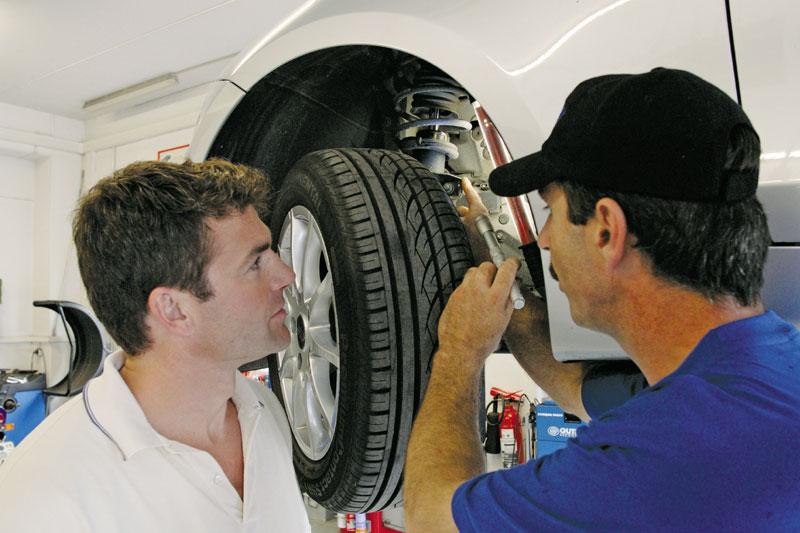
At the heart of ZF Services’ electronically controlled damping system, CDC, the electronic control unit receives inputs from an array of vehicle sensors monitoring variables such as body, wheel and lateral acceleration, from which it continually calculates optimum damping settings.
The latest generation of CDC has these sensors integrated directly into the control unit, instead of the accelerometers located on the vehicle’s bodywork in earlier versions, helping to reduce weight, energy consumption and fuel emissions.
The control unit uses these calculations to adjust the damping force at each wheel via the proportional valves fitted to the CDC dampers. The end result is a vehicle with optimised ride comfort, enhanced driving dynamics through reduced rolling and pitching, and shorter stopping distances due to improved road contact.
Workshop opportunities
Diagnosis and repair opportunities for CDC-equipped vehicles are likely during/following the winter season, when untreated icy roads can cause suspension damage through kerb or verge impacts or encounters with potholes. The CDC system can perform self-diagnosis of electrical faults and will illuminate the CDC control lamp on the dashboard if a problem is found. Diagnostic equipment can then be used to assist with tracing the cause, and on some vehicles the sensors of the CDC system can be checked by comparing actual component readings against target values.
Despite the sophistication and complexity of the control system, a CDC damper can be checked and, if necessary, replaced in the same way as a conventional damper in the event of an electrical or mechanical fault. No work on the electrical system is required, other than disconnecting the plug from the wiring harness of the proportional damper valve during removal and reconnecting it during installation.

Recommendations/precautions
CDC dampers must always be replaced in pairs. To ensure full functionality, the spring assisters (bump stops), protective gaiters, and top mounts must also be checked for wear before installing the dampers. It is recommended that a service kit – consisting of spring assister and protective gaiter – is obtained for each replacement damper.
To avoid side-loading the dampers, final tightening of the mountings should only be carried out after the vehicle has been lowered and its full weight is on the wheels. The steering geometry can then be checked and adjusted as required.
Finally, after any CDC damper change, the system functions need to be checked by confirming that the CDC control lamp extinguishes within approximately ten seconds of switching on the ignition.









